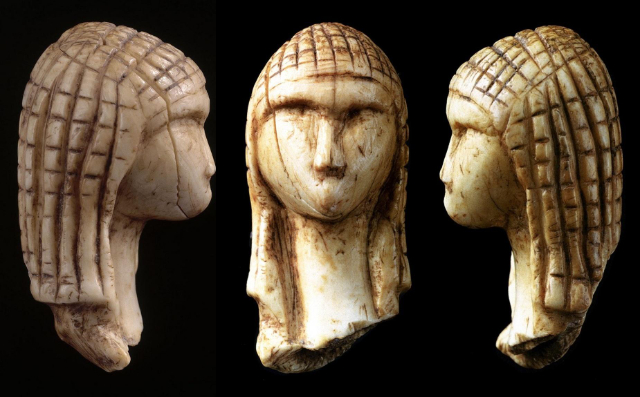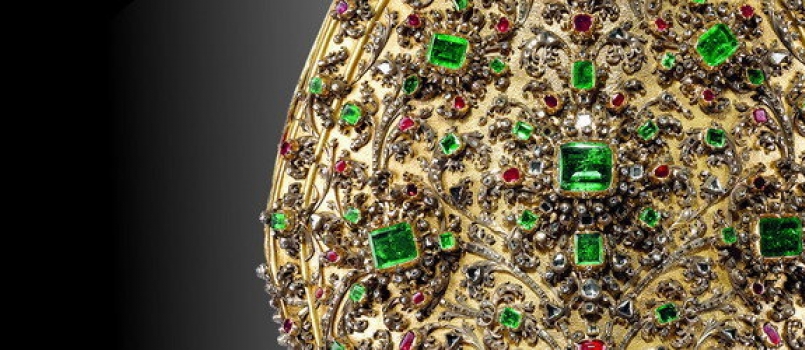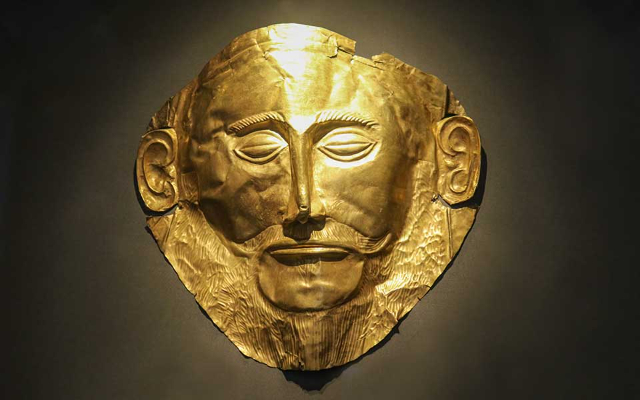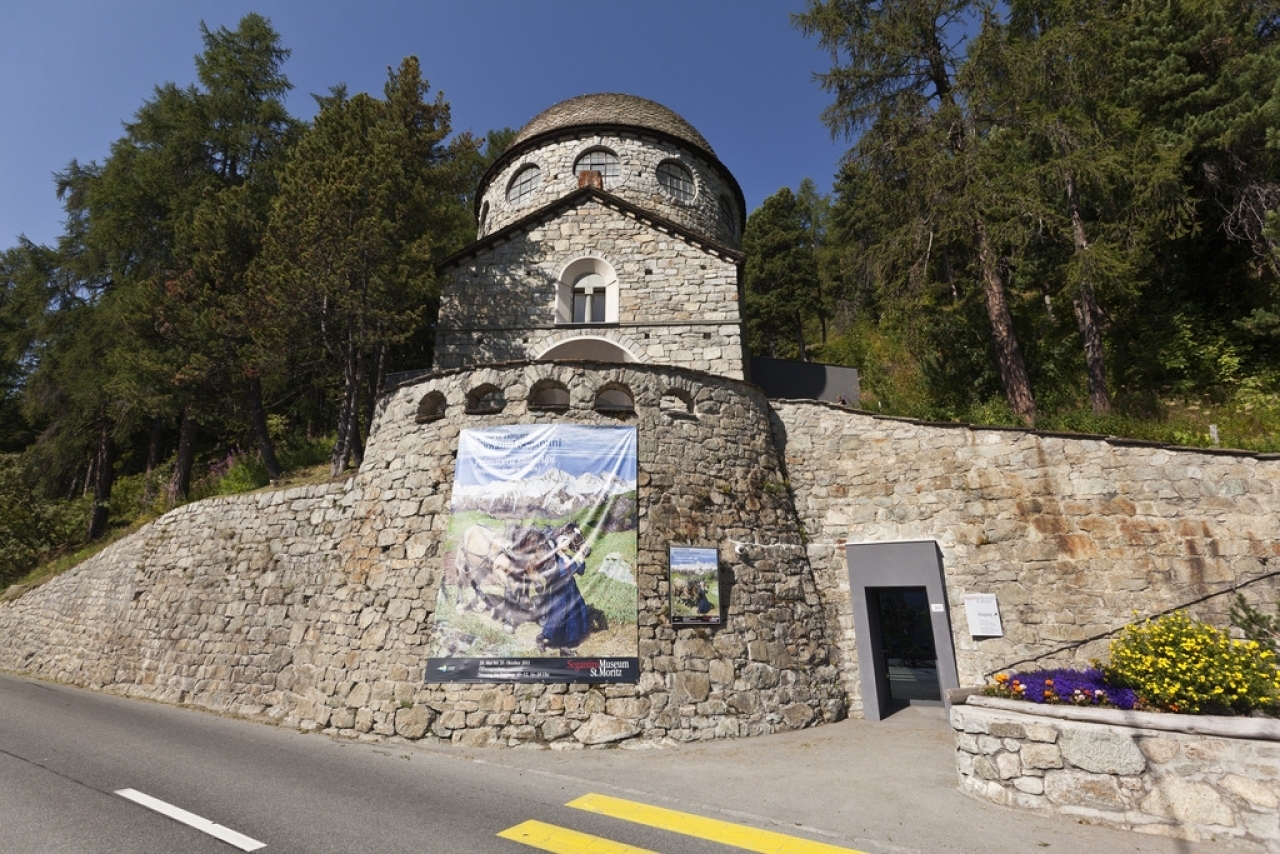In Saint-Germain-en-Laye, France, is the famous Venus de Brassempouy, a prehistoric figurine that represents the oldest known realistic portrait of a human face.The Venus of Brassempouy is a small mammoth ivory sculpture dating to the Upper Paleolithic period, dated to about 25,000 years ago. The sculpture depicts a human face, specifically a female figure, and is notable for its extraordinary precision and detail in rendering anatomical features.The figurine features an oval-shaped face with elongated eyes, a pronounced nose, and thin lips. What makes the Brassempouy Venus so remarkable is its naturalness and ability to capture the individual features of the face, making it an extraordinary work of prehistoric art.The Brassempouy Venus is considered an important archaeological find, as it demonstrates the artistic skills and sensitivity of our ancient predecessors in creating realistic representations of the human figure. It is an extraordinary expression of prehistoric art and a valuable cultural treasure that offers a fascinating glimpse into the life and art of our distant ancestors.Currently, the Venus of Brassempouy is on display at the National History Museum in Saint-Germain-en-Laye, where visitors can admire its beauty and understand its historical and artistic significance. It is a unique opportunity to immerse oneself in prehistoric art and culture and to appreciate the mastery and innovation of our ancient ancestors in the art of sculpture.













